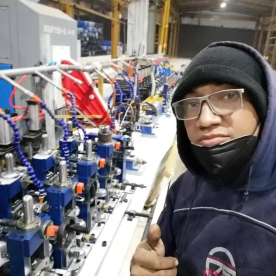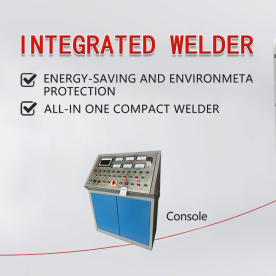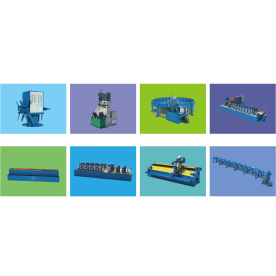[Solid state HF welder for thin metal sheets]Solid State HF Welder for Thin Metal Sheets: A Comprehensive Guide
News 2025-6-12
In the manufacturing industry, the ability to efficiently weld thin metal sheets is crucial for a range of applications. Enter the solid-state high-frequency (HF) welder, a technology that has revolutionized the way we handle thin metal sheets. This advanced welding solution offers numerous advantages over traditional welding methods, making it an ideal choice for a wide range of industries.

Solid State HF Welder for Thin Metal Sheets: A Comprehensive Guide

Solid State HF Welder for Thin Metal Sheets: A Comprehensive Guide
How Does it Work?
The solid-state HF welder is composed of a generator, a transformer, and electrodes. The generator produces high-frequency electromagnetic energy, which is then transmitted to the transformer. The transformer steps up the voltage and current, which is then directed through the electrodes towards the metal sheets. As the electromagnetic energy passes through the sheets, it causes them to rapidly加热 and melt, resulting in a strong, secure joint.
Advantages of Solid State HF Welding for Thin Metal Sheets

Solid State HF Welder for Thin Metal Sheets: A Comprehensive Guide
Applications of Solid State HF Welding
The versatility of solid-state HF welding makes it suitable for a wide range of industries and applications. Some of the key areas where this technology is being used include:
1. Automotive Industry: For welding thin metal sheets in the production of car bodies and components. 2. Electronics Industry: In the manufacturing of electronic components and assemblies where precise welding is required. 3. Medical Devices: For welding thin metal sheets in the production of medical equipment and devices. 4. Aerospace Industry: In the fabrication of lightweight metal components and structures. 5. Packaging Industry: For sealing metal packaging containers and cans.
Solid-state high-frequency welding has emerged as a leading technology for welding thin metal sheets, offering numerous advantages over traditional methods. Its versatility, fast welding speeds, and high adaptability make it an ideal choice for various industries. As the demand for efficient and reliable welding solutions continues to grow, solid-state HF welding will play a pivotal role in meeting the challenges of modern manufacturing.
